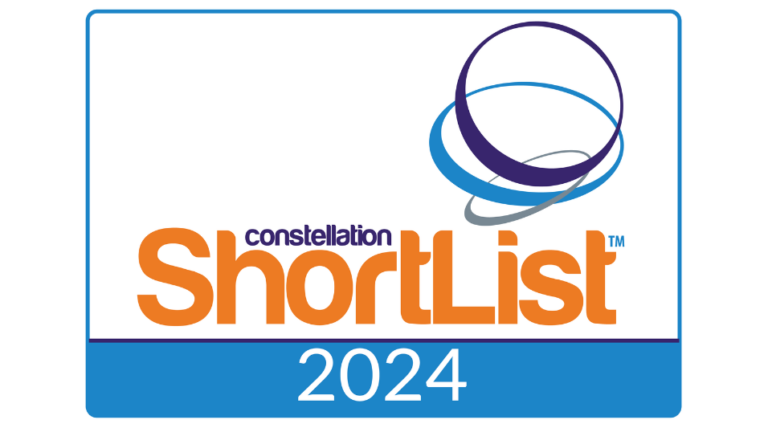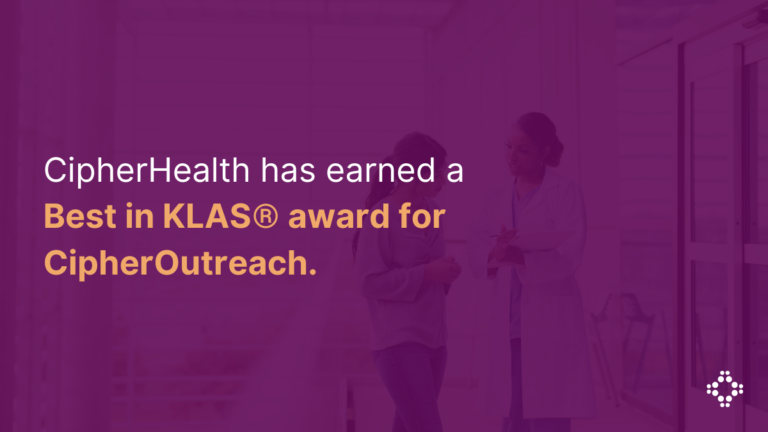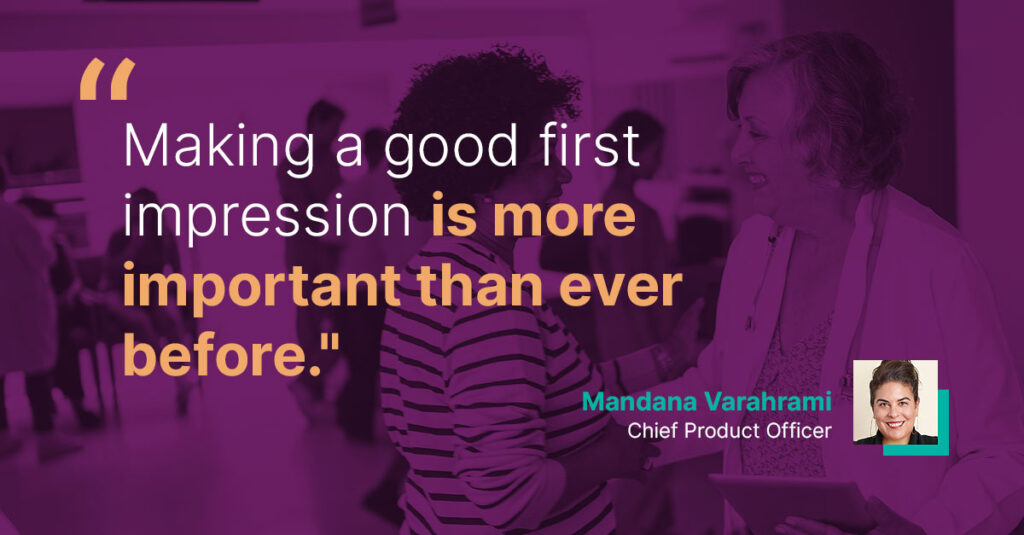By Mandana Varahrami
As the acute stages of the pandemic fade and we move toward COVID-19 being an endemic fixture in American life, public fear is waning—as are hospitalizations, fortunately. To rehash a phrase that’s been used millions of times too many over the last two years, it seems as though we are once again arriving at a “new normal” in which COVID-19 is a lasting fixture of life in the United States.
For many, the last few years have been marked by a significant lapse in medical care. Hospitals were projected to lose anywhere from $53 to $122 billion last year, primarily due to patients’ unwillingness to go to the hospital to seek medical care for fear of contracting COVID-19. Those precipitous declines in patient volume were compounded by staggering staff shortages that strained hospitals to the brink during COVID-19 spikes.
Those millions of missed or canceled appointments don’t just have financial impacts for individual hospitals—they also have wide-ranging and long-term public health implications. Not even a year into the pandemic, 40% of people had already reported missing a medical appointment. Those missed appointments and screenings not only allowed new conditions to go unnoticed and existing conditions to worsen, but also are likely to further widen health disparities.
So now, to recoup lost revenue and best serve the public health interests of their patient populations, hospitals and providers need to find ways to reconnect with their patients and get them back through hospital doors. There’s a very specific stage of the care continuum where hospitals can be most effective here: the pre-care stage.
Re-engaging a patient population starts at the beginning of the care journey
Hospitals and providers are operating in a healthcare ecosystem that looks nothing like it did two years ago. The explosion of telemedicine has forever changed modalities of care delivery, and persistent staffing gaps are forcing doctors, nurses, support staff, and administrators to all do more with less. At the same time, patients are different than they were at the outset of the pandemic, too. The accelerating consumerism of the healthcare industry has created a class of patients who are free to shop around for the type of care and provider that best fits their needs.
To that end, making a good first impression—or engaging in a way that will draw back former patients—is more important than ever before.
Pre-care engagement—from initial contact to appointment check-in—is becoming one of the most pivotal points in the care continuum. It’s the arena in which providers will win back—or lose—patients as we emerge from the haze of the pandemic. The experience and seamlessness—or friction—of those initial touches sends a message to patients about how responsive, attentive, and compassionate the care they receive will be.
As they endeavor to re engage old patients and win over new ones, leading hospitals are accordingly putting a greater focus on making the pre-care stage of the patient journey as automated, personalized, and intelligent as possible by investing more in technologies to reduce friction in the patient experience. These technologies pave the way to fully automated workflows, provide the first line of defense against unnecessary and costly care, and allow providers to capture conversational data to improve experience at other stages of the patient journey.
The elements of effective pre-care engagement
Pre-care engagement is more than just a sum of its parts. While several different elements comprise pre-care engagement, results are best when they are tapped into comprehensively, providing a wide net of multi-channel outreach to engage patients—and keep them engaged. The central tenets of a pre-care engagement program should include:
- Appointment confirmation and reminders: Ensure that patients are aware of their appointments and are easily able to import them onto their calendar of choice. Furthermore, prompt patients to confirm, reschedule, or cancel a few days ahead of their appointments to reduce no-shows.
- Appointment scheduling: Self-serve options empower patients to find a time that works for them—on their own terms and on their own time, reducing friction and enabling flexibility.
- Appointment and procedure prep: Tell patients what they can expect when they can arrive, any special safety protocols in place, and any steps or preparations they need to take ahead of specific procedures.
- Pre-care screening: Deliver screening surveys, such as COVID-19 health screens, ahead of appointments to reduce time at check-in.
- Data intake: Offer the ability for patients to fill out forms ahead of time and easily import responses into systems of record, such as EHRs.
- Conversational functionality: Conversational engagement through chat functionality across channels enhances customer experience by adding personalization tointeractions.
What providers get in return
To regain revenue, fill out appointment calendars, and ultimately improve health outcomes, hospitals cannot rely on the same tools and methodologies they did before the pandemic ravaged the U.S. healthcare system. By ensuring that the front-end interactions patients have are dynamic and frictionless, providers will be better able to claw back patients that dropped off during the course of the pandemic—and attract new ones.
But beyond that, comprehensive pre-care engagement serves as an extremely important vehicle to gain actionable insights about patient populations. By collecting and digesting conversational data through pre-care engagement, providers can better personalize engagement elsewhere in the care continuum, as well as make better data-informed decisions about operations and clinical care. In short, pre-care engagement, when done right, has benefits that touch every stage of the care journey.
This article originally appeared in HealthTech HotSpot on July 5, 2022.





